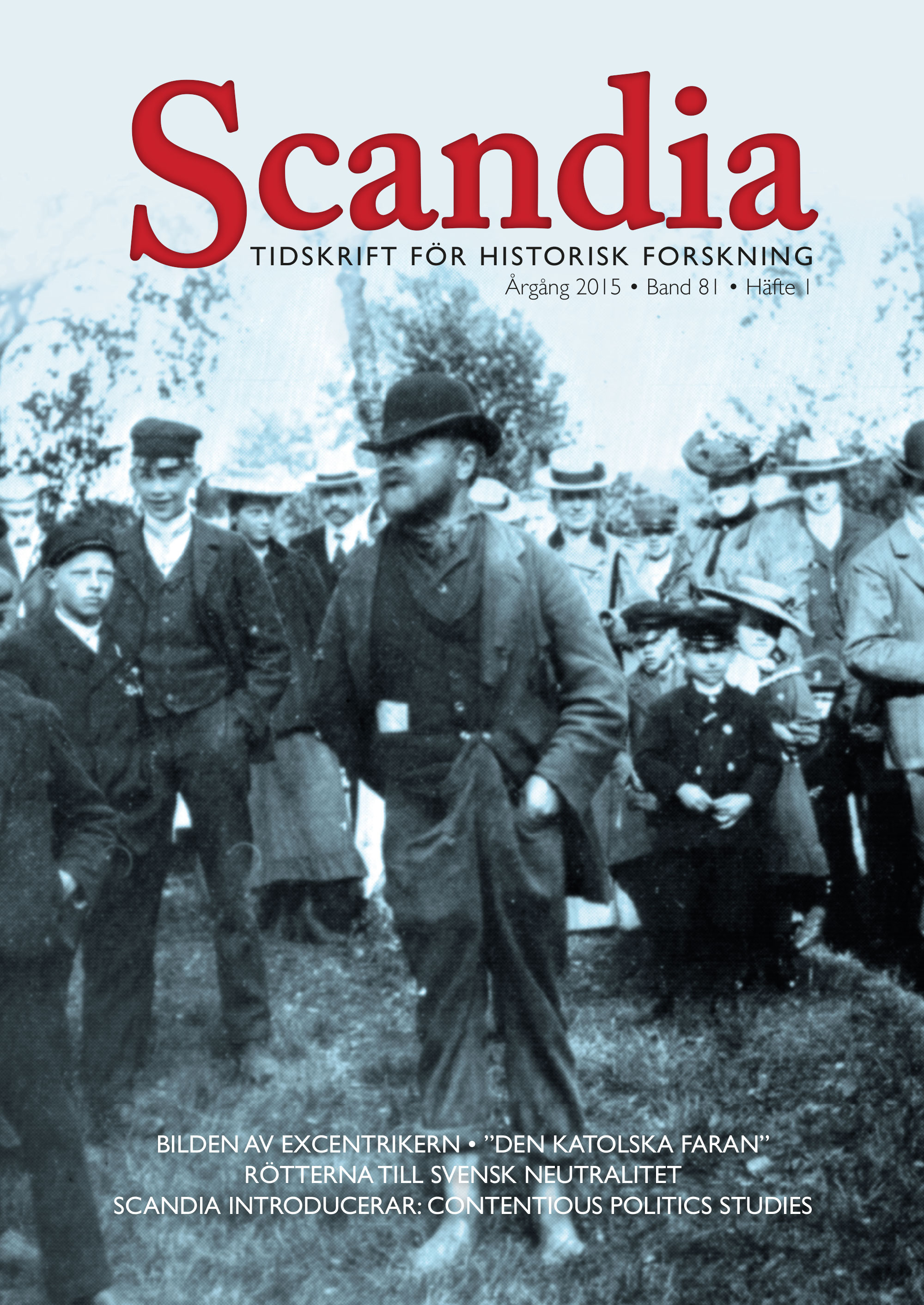Language
Scandia Blog
The Videograph at Röda Kvarn in Stockholm
Dennis Magnusson
The blog discusses a forgotten chapter in Swedish film history, namely...
A Hurricane in the Game of Foreign Policy: Disaster Management and the Sale of the Danish West Indies to the USA
Louise Bundgaard, Kamilla Matthiassen, Fiona G. Otten, Anne Katrine H. Pedersen & Bo...
New information about South Sámi history indicates that we need to break boundaries
Camilla Olofsson Båatas, central handläggare för samiska frågor,...





